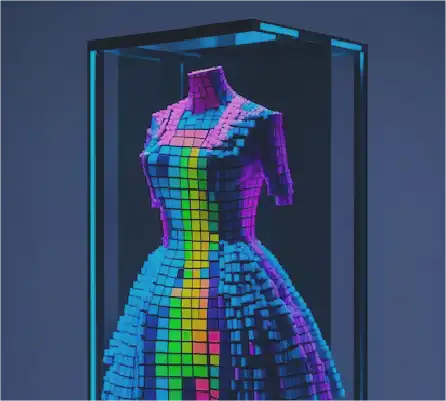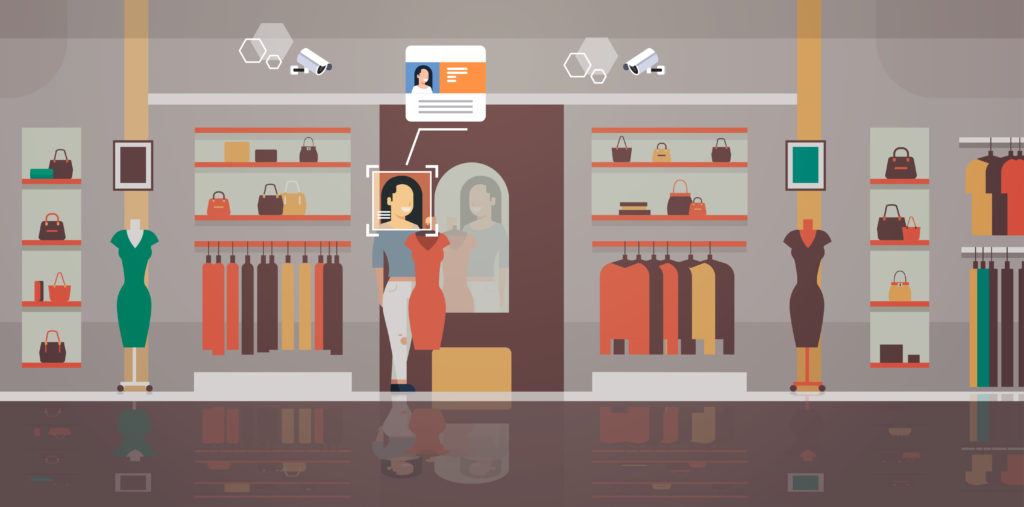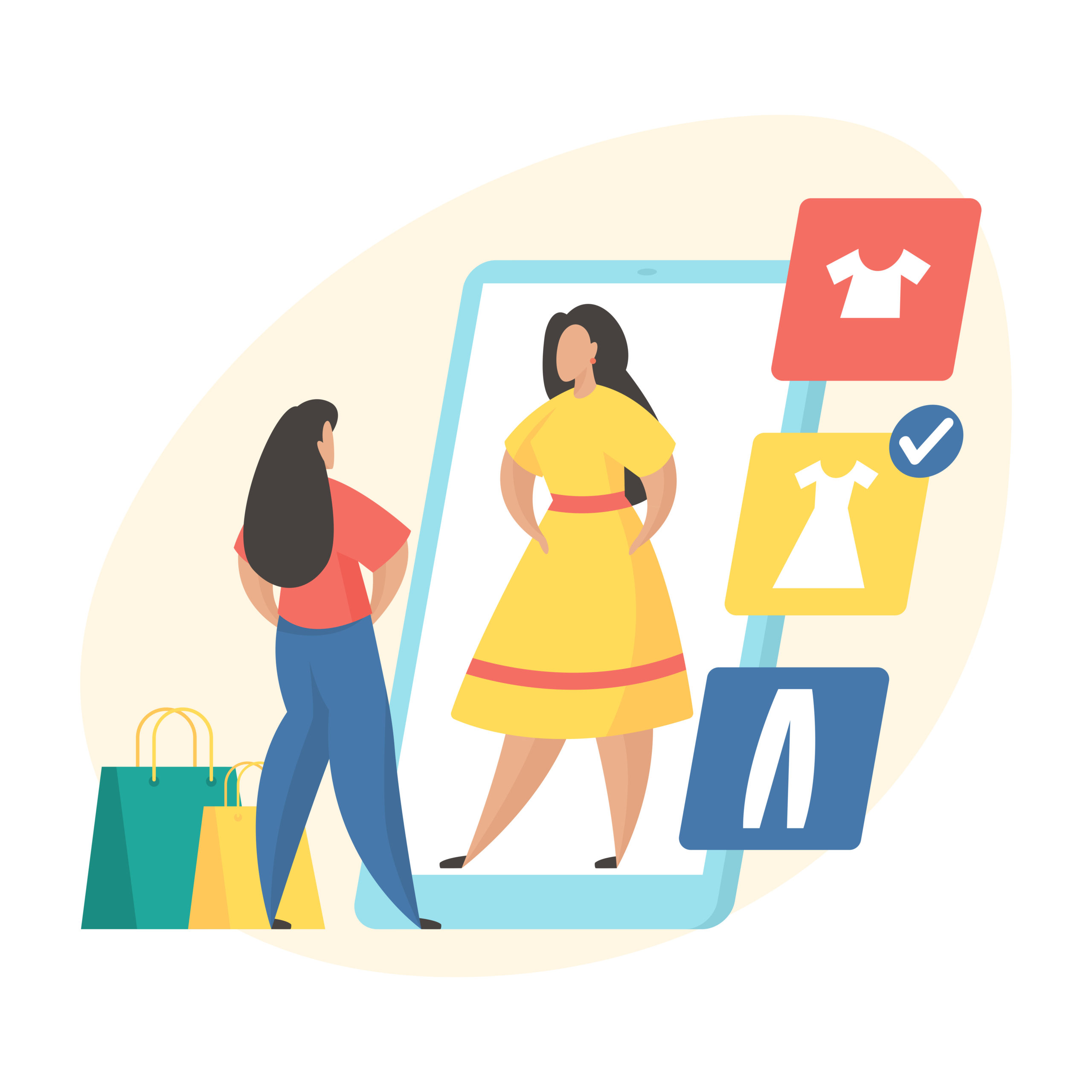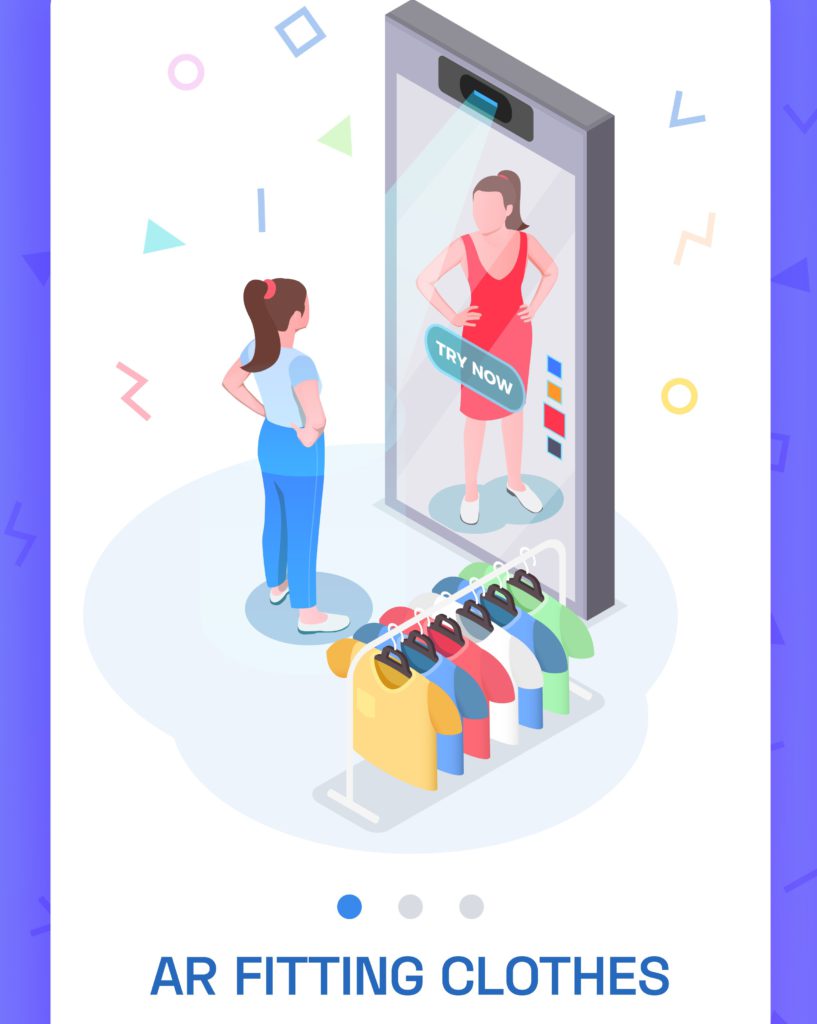Project Management
How useful is AI and ML in Fashion Industry
- Mithun
- August 9, 2021

The fashion industry is always changing. It’s fast-paced, and everyone involved – from designers to customers – must keep up with the constantly shifting trends. The way we find and buy things has evolved dramatically over the years, particularly in the fashion business.
Artificial intelligence (AI) has made inroads into a variety of industries, with the potential to transform businesses through increased speed, lower operating costs, and access to a plethora of customer and market data, all of which promise a competitive advantage.
It’s no wonder that the fashion industry’s early attitude to AI was a peculiar mix of desire and hesitation to be at the forefront of innovation. After all, it’s fair to be concerned about automating a sector based on human innovation. However, three-quarters of fashion retailers will invest in AI/ML over the next 24 months, according to a report by IMRG & Hive. By 2022, fashion and retail companies are expected to spend $7.3 billion annually on AI-powered solutions.

AI in the fashion industry can be applied in a variety of ways. The most common application is an advisory role. Customers are given clothing recommendations based on their height, weight, form, and current size via artificially intelligent digital assistants. Approximately 40% of online purchases are eventually returned. The use of AI in the fashion industry helps customers in making critical decisions which results in greater customer satisfaction and fewer returns.
AI may also be utilized in stores and online shopping to improve efficiency and productivity. Retailers can maintain track of inventories and determine which stores require specific products by tracking sales, returns, and online purchases. According to a Capgemini report, Artificial Intelligence (AI) could save retailers $340 billion per year by 2022 by increasing efficiency in a variety of procedures and operations. There is no doubting that AI and machine learning has had a significant impact on the way businesses are conducted. There are numerous ways AI and machine learning has benefited the fashion industry, from the use of predictive analytics in business to computer vision in recognizing product features.
Below shows how powerful AI and machine learning can be in fashion industry –
Customer Service and Communication Improvements –
IIntelligent chatbots and other assistive technology have revolutionized customer service and how customers interact with fashion brands. Chatbots have boosted conversions and the entire brand experience by tracking sales leads and recommending products.
Customization –
Similar to how Netflix, YouTube, or Amazon can recommend comparable shows or items, AI in the fashion industry can do in any case. With eCommerce turning into a focal point to shop, more information about the customer is tracked than ever before. Numerous successful fashion websites can keep a log of the browsing patterns of their customers, and thus recommend similar products dependent on color, style, and design.
Better Buying and Planning –
Many times fashion buyers face difficulty in not knowing exactly which material to buy for designers. Ordering too much of one thing might be negative for the business, especially if that product does not sell as well as they hoped. Yet, with cutting-edge predictive analytics, purchasers can effectively learn from customer behavior, and in turn plan with greater accuracy. AI-powered tools can help the fashion business identify their best & worst selling products and plan their inventories precisely.
Automating operations –
One of the best advantages of using AI in fashion is the ability to automate mundane tasks. A larger part of the company’s working time is used for menial data entry, estimations, and different endeavors that can easily be run by AI/ML alone. This is an immense resource to fashion brands, as they can assess margins with greater accuracy and organization, requiring less labor. This opens up many retailers to zero in on more significant issues like strategy and execution.
Managing inventory –
An enormous issue that retail brands face is over-ordering and losing out on profit due to unsold products. Today, companies use machine learning algorithms to make more accurate predictions, decisions, and choices. With machine learning, you can decrease forecasting errors by up to 50% and are not restricted to the number of data points and sources utilized, thereby making more precise predictions.
Reduced returns –
Apparel returns take roughly 3x longer to inspect than other verticals. This makes operational costs quite high. In any case, with the help of AI, retailers can assist customers to make more educated purchase decisions. This increase in customization and improved communication prevents disappointment, and in turn, reduces the return rate.
Improved Product Discovery –
Customers can now upload a photo of a product they want and get a practically quick response on whether that item is available in the retailers they specify, thanks to computer vision and the development of machine learning. Some systems allow users to scan a photo and receive recommendations for where they can purchase a certain product and from which store. Google Lens is a perfect example of this since it allows mobile users to take a snapshot of a product and then search for and buy comparable models directly from their phone.

Some customers avoid shopping online because they prefer to have an in-store experience where they can touch and test products. The virtual try-on is an Augmented Reality feature that may be added to an online store or a mobile eCommerce application. Virtual AR try-on allows fashionistas to try on any merchandise without having to leave their houses.
Fashion Brands Using AI and machine learning-
Macy’s

Macy’s AI-powered shopping assistant was first introduced in July 2016, to improve customers’ in-store shopping experiences. Macy’s “On-Call” feature may react to frequent consumer queries like “Where can I find women’s footwear?”
Dior
Dior Insider, a Facebook Messenger-based AI beauty assistant, is used by Dior, a French luxury goods firm. The platform is part of the company’s ambition to make skincare and cosmetics purchases more individualized. Shoppers may connect with a virtual chatbot, ask product-related inquiries, and access branded social media material via an AI beauty assistant app.
Alibaba
The FashionAI store allows businesses to quickly analyze customers ’ preferences and sell popular products according to the company’s introduction. Smart mirrors, intelligent garment tags, and omnichannel integration are three important characteristics used by the FashionAI shop to streamline fashion retail for customers. Customers benefit from these technologies because they provide AI-driven fashion recommendations based on their style preferences.
Nike

Nike uses AI to boost customer engagement and tailor the shopping experience. The Nike On-Demand campaign, which used IoT data to develop an AI assistant service to encourage exercise or behavior compliance, was launched in 2017 by the fashion label in collaboration with advertising agency R/GA. Before this, Nike obtained a patent in 2015 based on the Augmented Reality Design System, paving the path for holographic technology to be used in shoe design. They created self-lacing shoes a year later, inspired by the iconic footwear from the film “Back to the Future.”
Tommy Hilfiger
TIn 2018, the brand teamed up with IBM and the Fashion Institute of Technology (FIT) to use artificial intelligence to improve its designs. The Reimagine Retail initiative aimed to employ AI to predict future industry trends and improve the design process.
Van Heusen
Van Heusen designed a store space that includes a “Virtual Trial” mirror that allows customers to view how clothes might appear on them by scanning the item’s barcode and stepping in front of the mirror while virtual clothing is projected onto their reflection.
ASOS
Another company that incorporated AI into its system and created a new tool to improve the buying experience is this one. Customers were able to determine the proper size with the help of this new technology, allowing them to make more educated purchases. The ‘Fit Assistant’ technology combines a platform that searches a database of garment information and purchasing history to determine the proper fit.
To sum it up, what can AI and ML offer –
AI in fashion offers a variety of solutions to help brands better address each pain point in the omnichannel customer journey and give a better brand experience that sets them apart from the competition.
The usage of online fashion assistants to improve the customer experience, trend prediction, and generating more sustainable solutions are just a few of the benefits of AI and machine learning in the fashion industry. In the long run, AI and machine learning will benefit the entire industry, allowing manufacturers to introduce the most demanding apparel lines more quickly and with more precision. At the customer’s end, the tailored shopping experience will allow them to discover more products based on their preferences, personalities, and budget.
